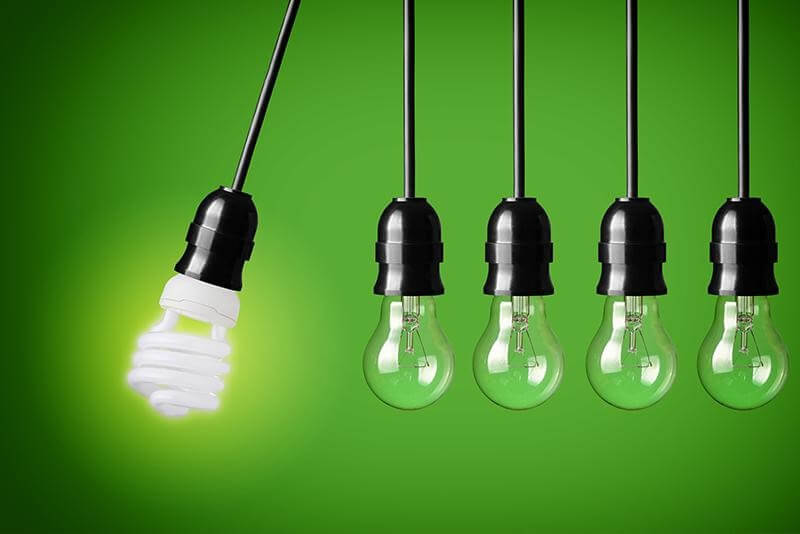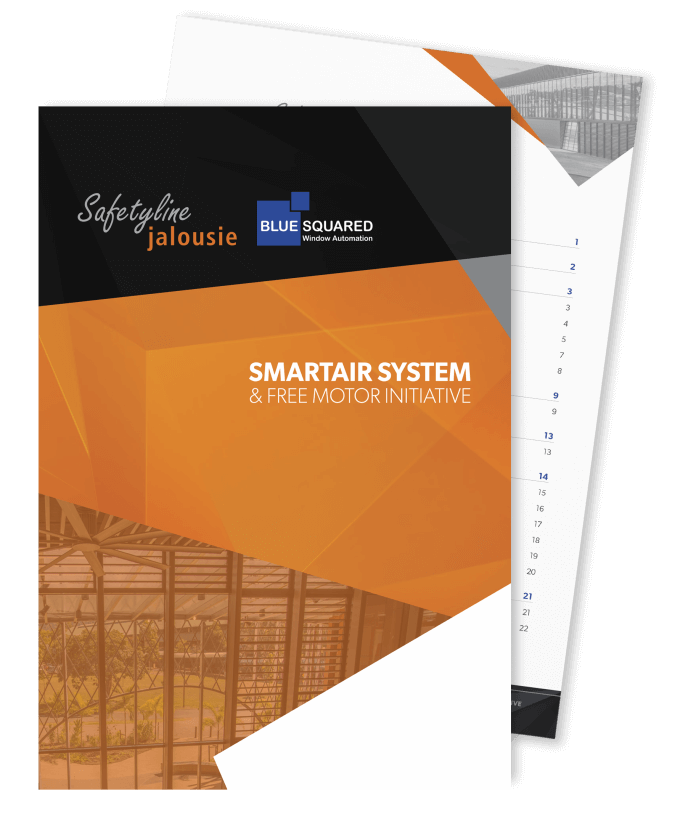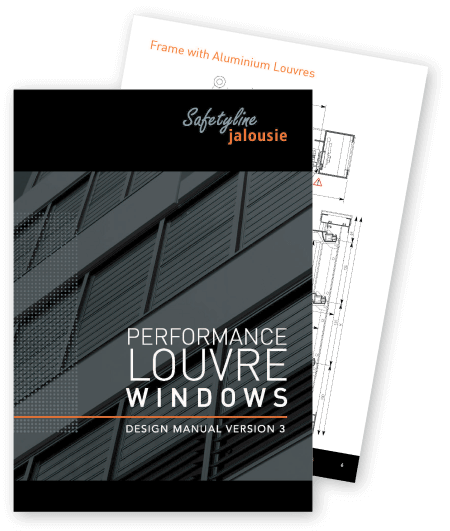Energy efficiency in commercial and residential buildings is an important concern for builders and residents alike. There are many ways to improve energy efficiency as part of renovations. These ways help homeowners consume less energy and spend less on heating and electricity.
An energy-efficient design is also important from the builders’ perspective. Incorporating energy efficiency in commercial buildings and homes allows them to be keep up with current sustainability trends. More importantly, this kind of design is a prerequisite for many types of certification.
In 2019, the NCC (National Construction Code) presented significant updates which dictate new standards for compliance across the country. These changes affect Green Star and NABERS Energy certification requirements. For example, in commercial buildings, energy consumption should decrease by 35%. Residential buildings are covered as well. There is also a host of minor changes that will reduce energy usage in all buildings including residential properties.
All in all, higher energy efficiency in commercial buildings is necessary for compliance. The requirements can change or become stricter on a yearly basis, so it is important to keep up with the times.
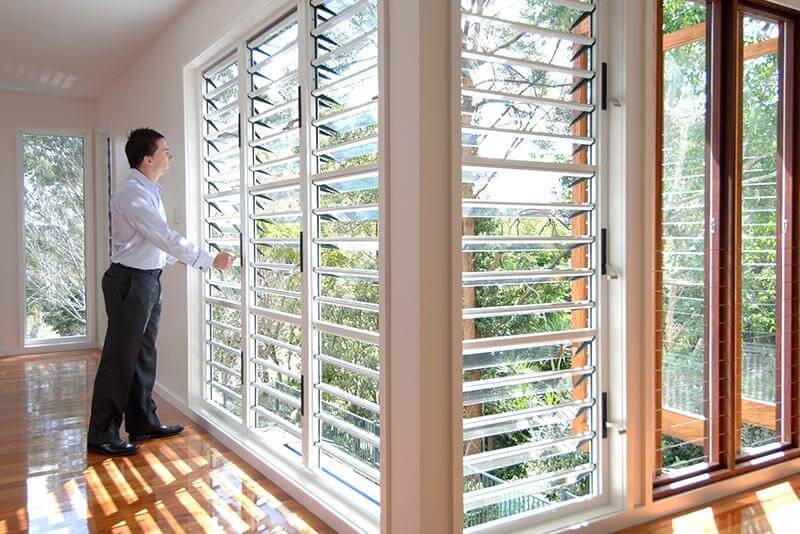
The Methods
Builders have a wide variety of ways to improve energy efficiency in commercial and residential buildings — some can be initially expensive but are actually cost-effective in the long run, while others are cost-savers from the get-go.
We should note that it is important to start planning early. Going back to alter construction elements can only increase cost and upset schedules.
Method #1: Add Exterior Insulation
Better insulation is the most obvious way to cut back on energy waste. By keeping the building warm in the winter months, you can decrease fossil fuel use. A/Cs are a significant energy sink too. Hence, proper insulation is just as important in the summer.
Before you decide on the best insulation for a building, consider the climate. Is keeping heat inside the top priority in your area? Or is the building located in a warm region? If that is the case, your main goal would be to keep the walls from transferring heat inside.
There are three major types of insulation you can choose from:
Bulk insulation uses pockets of air. These reduce heat transfer through the walls of the building. It works well in both directions, meaning it’s equally efficient in the summer and the winter. This form of insulation uses materials such as glass wool, polyester, polystyrene, and cellulose fibre. The thickness of the insulation is proportional to how well it works.
Reflective Insulation such as reflective foil laminates are mainly used in warm regions. This insulation reflects 95% of radiant heat. Along with shiny surface, there is a 25mm gap layer of air, providing extra thermal resistance.
Composite Insulation combines the benefits of bulk and reflective insulation. Foil-faced boards and foil-backed batts are excellent choices for external insulation.
Method #2: Change the Windows
Having the right windows is a crucial part of energy efficiency. They can be responsible for around 40% of heat loss in the winter months and 87% of heat gain in summer.
There are a few easy ways to make existing windows more energy-efficient such as eliminating air leaks and weatherstripping the windows. For non-operable windows, caulking is a great option.
Changing the window coverings can also make a considerable difference. Blinds reduce solar heat gain, especially if they are white. Even curtains can help reduce heat transfer.
However, these small fixes aren’t always enough – replacing the windows is often the best choice. The changes in energy usage can quickly make up the cost.
When deciding on the best windows, there are a few things to keep in mind:
1. Frames
Timber windows are well-isolated, but they are not durable enough and white aluminium frames are usually the better choice as they last longer. Louvre windows on the other hand are useful in controlling air flow.
2. Operating Types
Choose an operating type that offers low leakage rates.
3. Automation
Automation can be used to improve temperature and air quality. This is particularly useful in the case of hard-to-reach windows.
It is also advisable to look into glass and film options, as well as internal screens to help with your energy efficient building design.
Method #3: Install LED Lighting
LEDs are replacing fluorescent and incandescent lighting as they are products that last for decades without needing replacement. They also reduce your energy use by 75% compared to incandescent lights.
Sensors can be extremely useful especially in commercial buildings – lights in rooms can be automatically turned off when not in use.
Method #4: Improve the Building’s Controlled Ventilation and Passive Cooling Capabilities
Fans are considerably more energy-efficient than air conditioning, especially in the warmer months. But you should note that high-quality ventilation is an important safety measure for the winter months. It protects residents from the in-house emissions from heating.
Ventilating roof spaces is even more important than in other parts of the house. Using reflective insulation can cool down roof spaces. Consequently, it keeps the entire building much cooler.
In addition to installing fans, it’s important to consider passive cooling options as well. Some possibilities to keep in mind:
1. Use thermal mass in a way that preserves coolness (e.g. earth-coupled slabs)
2. Install solar chimneys
3. Make the best use of shading – protect windows, sunlit walls, and roofs
4. Position windows in a way that improves air flow
Note: It may be necessary to install air conditioners, but not in every room. It’s best to focus on rooms that are frequently used. Additionally, you can advise clients to prioritize smaller rooms.
Method #5: Add Passive Heating Options and Skylights
Passive solar heating and skylights are gaining popularity. These methods are low-cost. They’re appropriate for all climates that require winter heating. While orientation is important, these methods can be used on any existing building.
To achieve passive solar heating, it’s important to add large windows to the northern walls. Louvre windows can improve passive heating. In addition to large windows, moving living areas to the north side of the building is an easy option to achieve. On the other hand, for south-facing rooms, use materials that have low thermal mass.
Traditional skylights or roof lights are an efficient method of gaining energy. These devices capture sunlight and diffuse it inside the building. Even simple roof windows improve energy efficiency in commercial and residential buildings by reducing heat loss and allow residents to save on lighting costs.
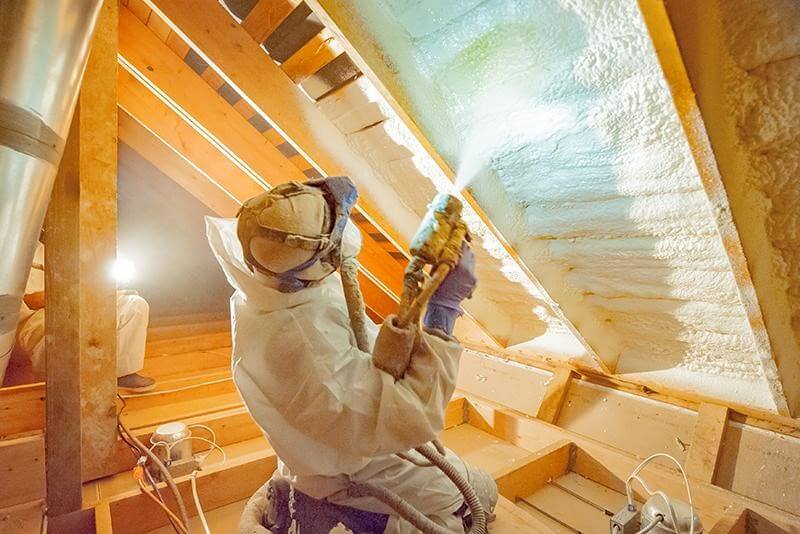
The Final Word
Energy efficient buildings are an increasingly important priority for builders to comply with the NCC and provide clients with comfortable living spaces.
At every part of the process, ask yourself if you are making the most energy-efficient choices. If you are unsure, speak to experts who understand the specific requirements for your region.
To maximize energy efficiency, choose top-of-the-line doors and windows. The design of these structural elements has changed a great deal over the years and have improved to benefit all kinds of buildings.
At Safetyline Jalousie, we know what types of louvre windows can positively impact the energy efficiency in different buildings. Our louvre windows guarantee airtight sealing and eliminate free flow infiltration. To know more about the energy-efficient solutions we apply to our windows, get in touch with our business managers today.
References:
1. National Construction Code – NCC
2. National House Energy Rating Scheme
3. Update or Replace Windows – Energy.gov

